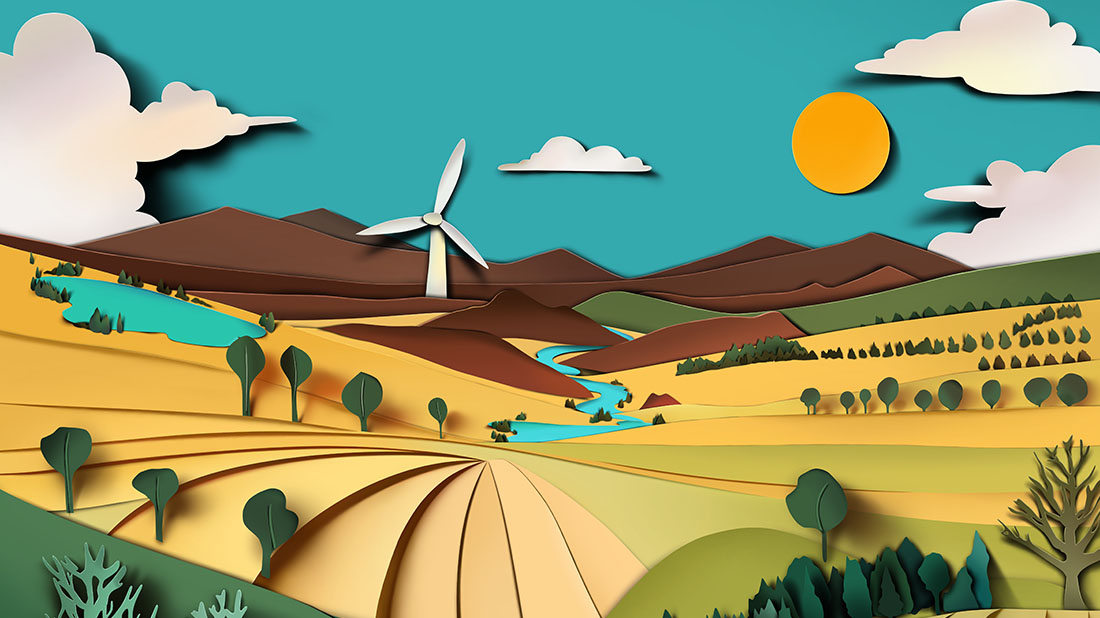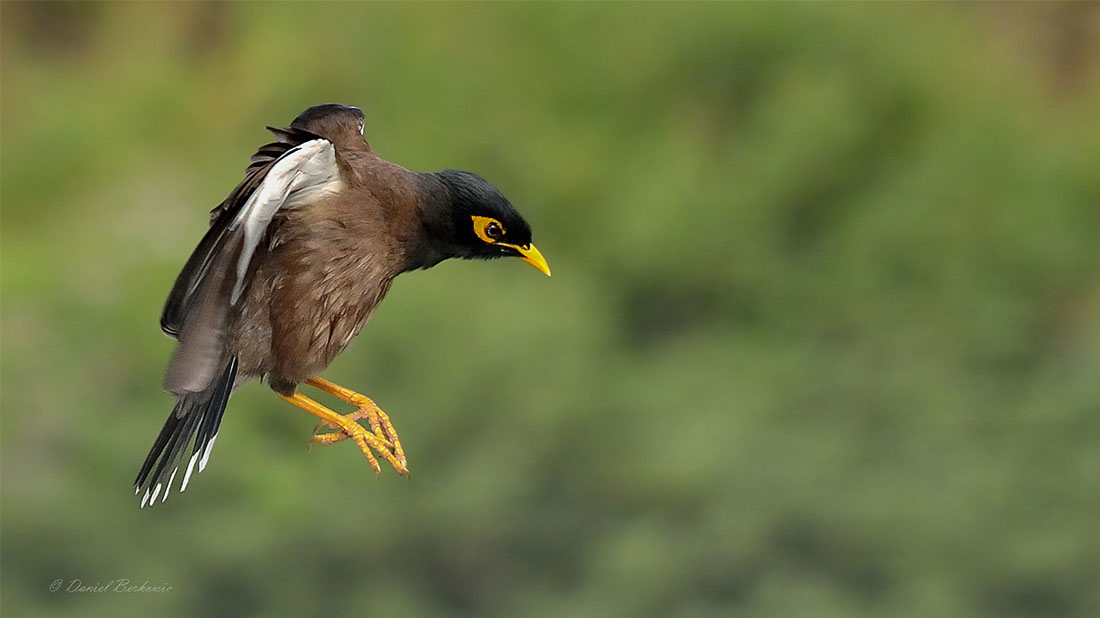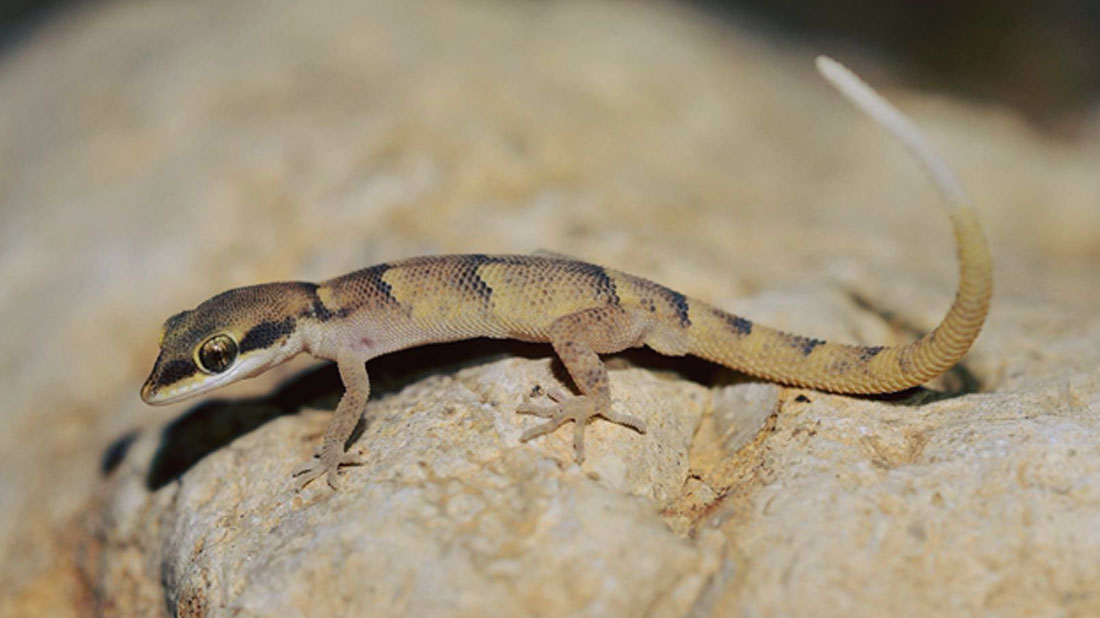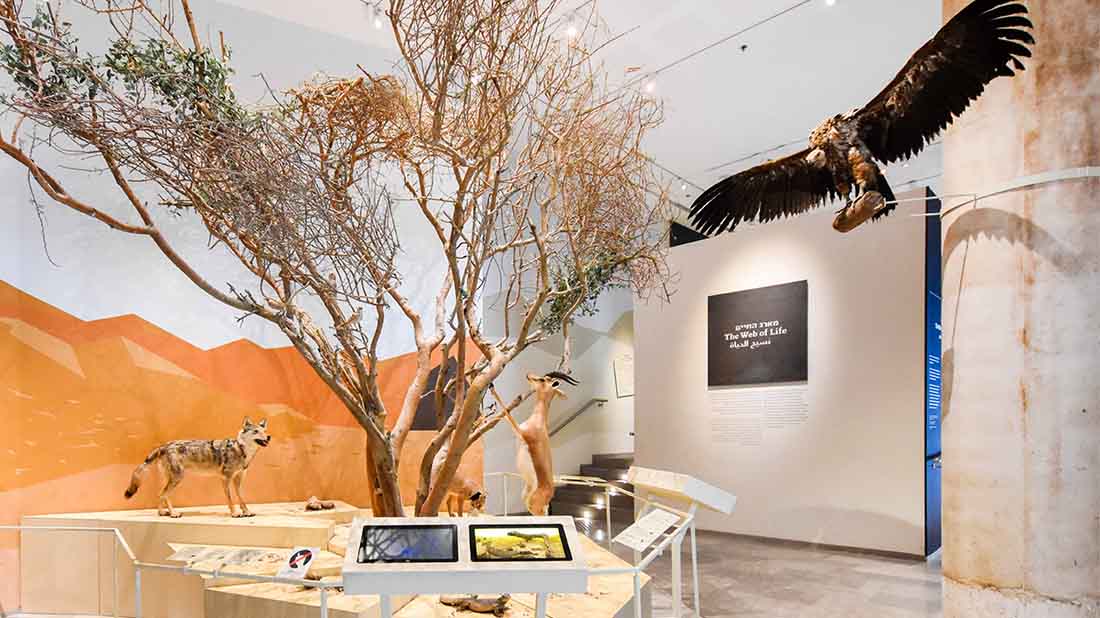A treasure chest or Noah’s Ark? Passersby on Klausner Street, next to Tel Aviv University, cannot ignore the intriguing building of the Steinhardt Museum of Natural History that has been uniquely designed to resemble a treasure chest. This building is the result of meticulous planning to design a new home for the national natural history collections, including impressive display spaces alongside research laboratories for use by the museum’s scientists.
The museum building was designed by Kimmel Eshkolot Architects. The five-story building covers an area of 9,620 square meters. The display spaces, covering an area of 1,700 square meters, exhibit items from the national natural history collections to the general public in themed exhibits, displays and a temporary exhibit.
Five architecture firms participated in the competition to design the museum. According to the staff of Kimmel Eshkolot, one of the challenges was to design a building for storing research collections, which would meet the requirements of controlled climatic conditions, namely, a building without windows, air-conditioned 24 hours a day – a kind of “black box” insulated from the outside, without daylight or real contact.
In contrast to expectations, the architectural staff decided to emphasize the location of these collections; not to hide them but rather to reveal their existence to the city, to the street and to the university. Thus arose the idea of treating the collections as a unique treasure chest and making their presence felt in the museum’s façade, by installing a ‘chest’ raised above street level. Below the chest is an entrance plaza that also serves as a lobby and entrance gate to the botanical garden, located behind the museum. This facilitates the natural connection between the museum and the garden, thus empowering the museum building and connecting it to nature.
It is interesting to note that only after the building’s construction were new meanings added to it, the main one being Noah’s Ark – serving as a storehouse of nature’s treasures for future generations.
Inspired by natural history museums around the world, the architects decided to enable the public to get a glimpse of the collections themselves, while creating a buffer between the public wing of the building and the academic and research wing. Thus visitors to the museum pass through the ark and also gain a glimpse of the rooms that house the actual collections.
The floors are connected by ramps (sloped accessways where one can observe different exhibits), thus the building facilitates continuous, flowing movement without any real need to climb stairs. A visit to the museum offers an enjoyable, informative stroll among the different exhibits, which invite visitors to become closely acquainted with nature and man’s place in nature, in a way that is both direct and scientific.
On leaving the ark, on the second floor of the museum, visitors can go out to the balcony overlooking the landscape for a short rest before continuing to the two upper galleries, which are located inside the ark in a wing adjacent to the research wing. The eastern wing of the museum houses offices and laboratories that are connected to the ark via bridges.
The material that is most noticeable to the outside observer of the Steinhardt Museum of Natural History is the ark’s covering, made from a material called ‘prodema’ – a mixture of wood and paper, covered by natural wood – that provides a thin and highly resistant seal. A restaurant and shop will operate in the entrance hall; at its side there is already a 195-seat auditorium.
A treasure chest or Noah’s ark? The decision is up to each and every one of you. One thing is certain: the meticulous, spectacular design of the Steinhardt Museum of Natural History, combined with the natural history collections and the exhibits, ensure that this place will be a focus of intensive public and research activity, for the enjoyment of nature-lovers and the wider public.






